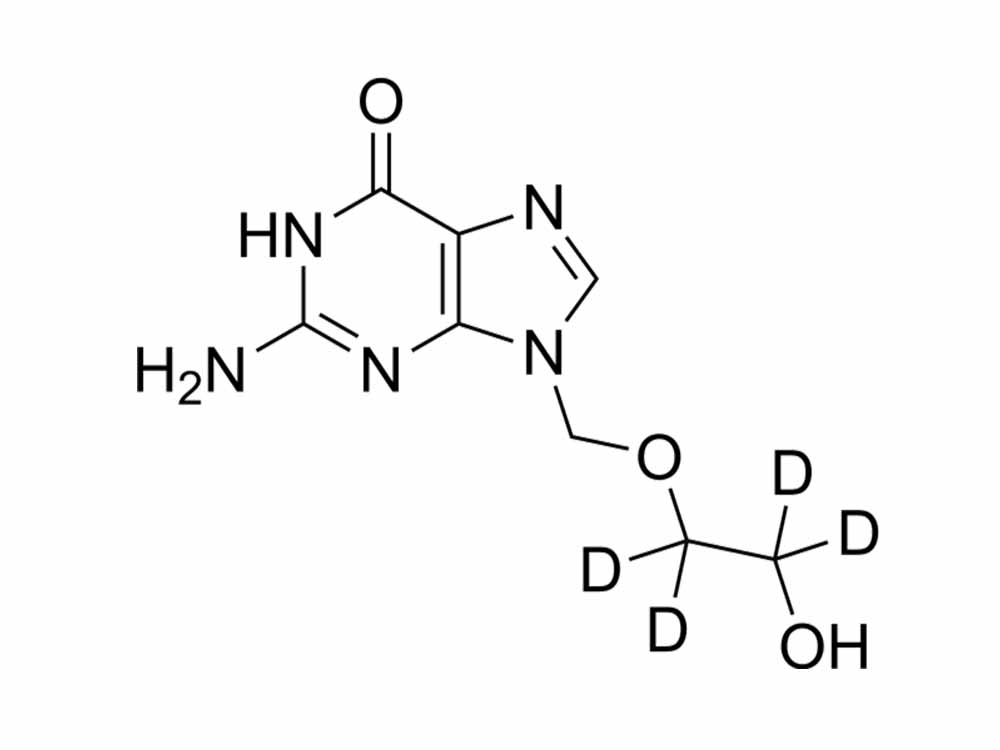Acyclovir in 2006: Antiviral Therapy, Herpes Treatment, and Emerging Applications
Acyclovir, a potent antiviral medication, played a crucial role in the management of viral infections, particularly herpes simplex virus (HSV) infections, in 2006. This exploration delves into the multifaceted aspects that defined acyclovir in 2006, encompassing its therapeutic applications, mechanisms of action, emerging research, and implications for public health.
Mechanism of Action and Therapeutic Applications
Antiviral Properties:
Acyclovir belongs to the class of antiviral drugs known as nucleoside analogues. It exerts its therapeutic effects by inhibiting the replication of herpes viruses, including HSV-1 and HSV-2, through selective inhibition of viral DNA polymerase.
Treatment of Herpes Infections:
Acyclovir is primarily used for the treatment of herpes simplex infections, including genital herpes (HSV-2) and cold sores (HSV-1). The medication helps reduce the severity and duration of herpes outbreaks, alleviate symptoms such as pain and itching, and promote faster healing of lesions.
Emerging Research and Clinical Developments
Prevention of Herpes Transmission:
In addition to treating active herpes infections, acyclovir has been explored for its potential to reduce the risk of herpes transmission to uninfected partners. Clinical trials have evaluated the use of acyclovir as suppressive therapy to decrease viral shedding and lower the likelihood of transmission.
Herpes Complications and Comorbidities:
Research in 2006 also focused on understanding the role of acyclovir in preventing or managing complications associated with herpes infections, such as neonatal herpes, herpes encephalitis, and herpetic keratitis. Early intervention with acyclovir has been shown to improve outcomes and reduce the risk of severe complications.
Public Health Implications and Global Impact
Management of Herpes Epidemics:
Acyclovir played a critical role in public health efforts to manage herpes epidemics, particularly in regions with high prevalence rates of HSV infections. The availability of effective antiviral therapy helped reduce the burden of herpes-related morbidity and improve quality of life for affected individuals.
Challenges in Access and Affordability:
Despite its efficacy, access to acyclovir remained a challenge for many individuals, especially in low- and middle-income countries where healthcare resources may be limited. Efforts to increase access to affordable antiviral medications were essential for addressing health disparities and improving outcomes for underserved populations.
Future Directions and Research Opportunities
Development of Novel Antiviral Agents:
While acyclovir remains a cornerstone of herpes treatment, ongoing research seeks to develop new antiviral agents with improved efficacy, safety, and resistance profiles. Advances in antiviral drug development hold promise for addressing emerging challenges, such as drug resistance and viral mutations.
Exploration of Adjunctive Therapies:
Researchers continue to explore the potential of adjunctive therapies, such as immune-modulating agents or gene editing technologies, to enhance the effectiveness of antiviral treatment and reduce the risk of herpes recurrence and transmission. These approaches represent promising avenues for future research and clinical innovation.
Conclusion
Acyclovir in 2006 stood at the forefront of antiviral therapy, offering effective treatment options for herpes infections and contributing to public health efforts to mitigate the impact of herpes epidemics. Ongoing research and clinical developments hold promise for further advancing the field of antiviral therapy and improving outcomes for individuals affected by herpes infections.











